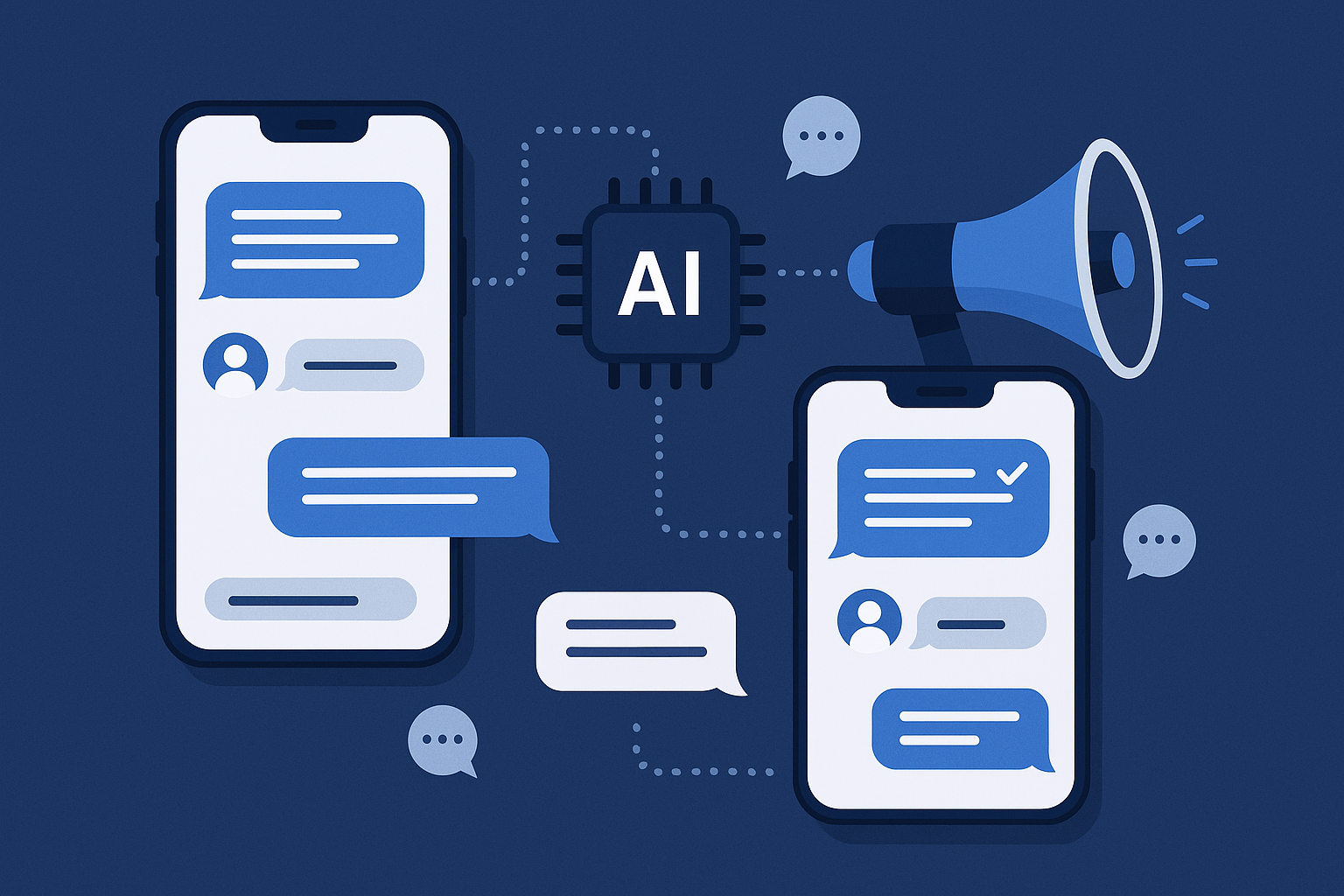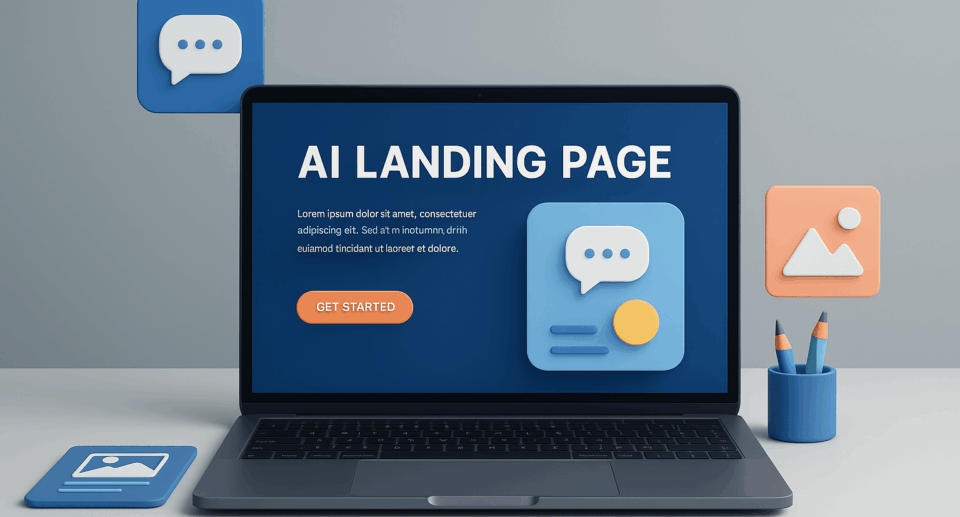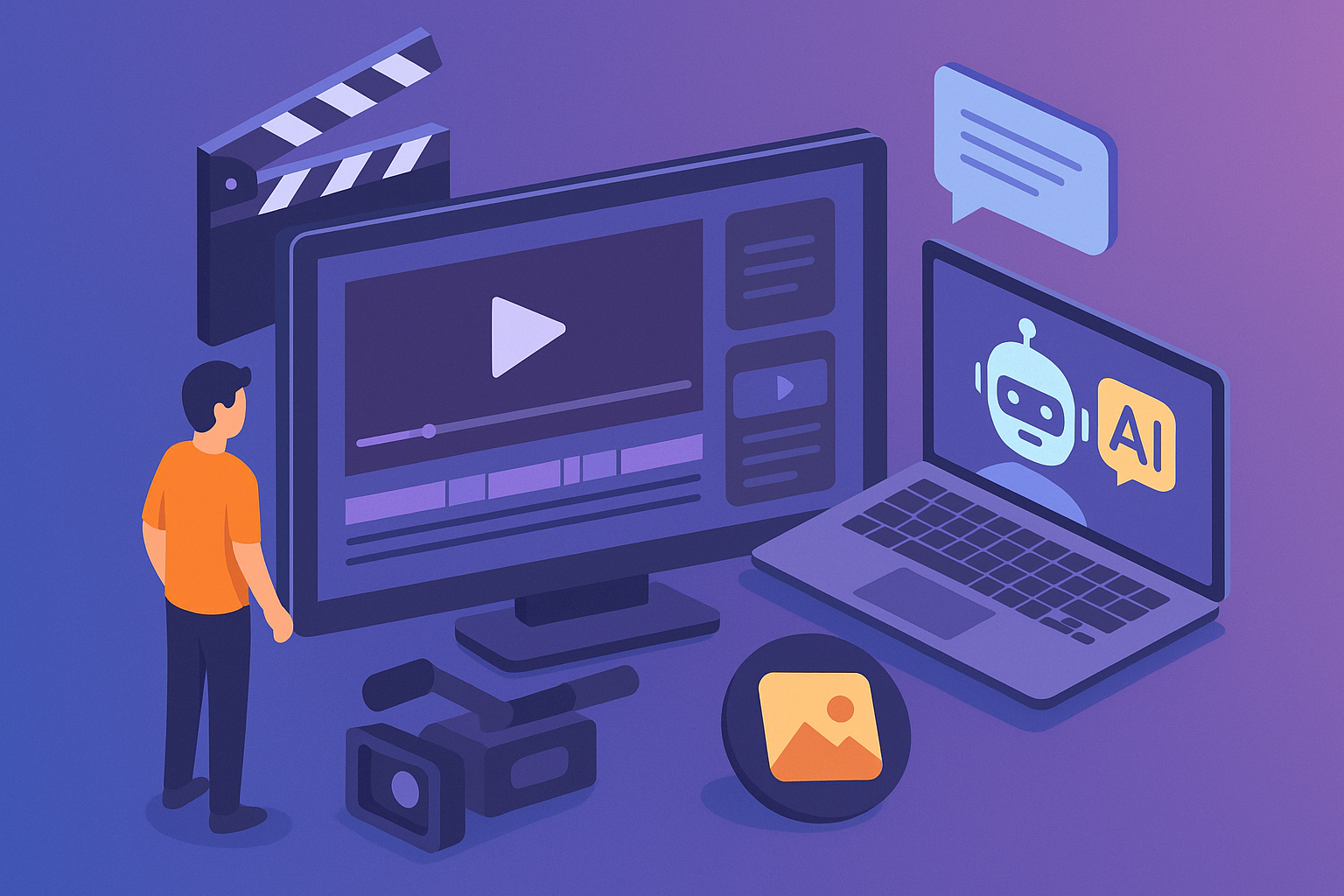Automate Content Ideation with AI

One of the quiet challenges in running a lean marketing operation isn’t writing the content—it’s figuring out what to write in the first place.
You sit down with an open document, a blank calendar, and the pressure to generate consistent, relevant, insightful ideas that move the business forward.
And most of the time, it’s not that you don’t have ideas—it’s that they could be vague, scattered, or disconnected from audience intent.
You need help redirecting.
Multiply that over weeks or channels, and things can unravel quickly.
But here’s the truth: ideation doesn’t have to be slow, scattered, or subjective.
When you pair human insight with the structure and speed of AI, content strategy gets sharper—not watered down.
AI isn’t just a shortcut for writing social posts. It’s a tool that, when used well, can think with you, not for you.
Let’s unpack how.
From Brainstorm to Framework
Every marketer has had that moment where they think, “I know we should be talking about this topic—but I’m not sure how.” Maybe it’s a trending tool, a shift in your industry, or a customer question that keeps popping up. But turning that into a structured blog series, a lead magnet, or a month of social posts? That’s where it stalls.
This is where AI is particularly helpful, not to invent topics out of thin air, but to shape the raw material you already have.
Let’s say you run a marketing consultancy focused on B2B SaaS companies. You want to create more thought leadership around onboarding flows. You feed that to ChatGPT with a prompt like:
“I work with B2B SaaS startups to improve user onboarding. Suggest 10 content angles I could use across blog, social, and email—keep them practical, not fluffy.”
What comes back might include:
- Common onboarding mistakes (and how to fix them)
- A teardown of popular SaaS flows (with commentary)
- A framework for mapping activation milestones
- Short case studies from your clients (sanitized)
- A “what to do in your first 30 days” checklist
This isn’t filler—it’s structure. Instead of guessing what to talk about, you now have focused angles that map to your services, audience pain points, and natural tone.
Make It Strategic, Not Generic
The biggest myth around AI ideation is that it’s only good for lightweight ideas. But the output quality depends entirely on your inputs.
If you tell AI, “Give me blog post ideas about marketing,” you’ll get bland, overused titles. If you say, “I’m a conversion copywriter who works with fintech startups struggling to turn demos into deals—what are some tactical angles for a mini blog series?”—now you’re cooking with context.
You might get:
- “Why your follow-up sequence is killing your demo conversions”
- “3 subject line tests to re-engage ghosted leads”
- “How to script urgency without sounding desperate”
Now you have content that sounds like something you would say—because you shaped the ask.
This is where AI acts like a strategic assistant because you’re still the editor. You still get to decide what’s on brand, on message, or worth pursuing, except you don’t have to start from zero.
Reverse-Engineering Audience Intent
The smartest use of AI for ideation doesn’t start with what you want to say it starts with what your audience is searching for.
You can prompt a model like GPT-4 to simulate search intent:
“Act as a SaaS founder looking for help with churn. What questions might they type into Google? Now group those questions into themes for blog or video content.”
This helps you frame topics in the language of the user—not the marketer. And once you have that, you can take it further:
“Take these five search phrases and suggest how I might repurpose each into a blog post, a LinkedIn carousel, and a newsletter intro.”
Now you’re not just getting topics—you’re seeing how each one ladders up into a content system.
Tap Into Real-Time Relevance
AI can also help you bridge the gap between evergreen content and real-world timing.
Let’s say the LinkedIn algorithm just changed, and your audience is wondering what it means. Instead of scrambling for an angle, ask AI:
“Given this update to the LinkedIn algorithm [paste brief summary], what’s a timely blog angle I could write from the POV of a fractional CMO? Make it contrarian but credible.”
It might respond with:
- “Why Chasing LinkedIn Engagement Metrics Misses the Point for B2B Brands”
- “How the Algorithm Change Helps Niche Experts—If You Know What to Say”
- “Forget Reach—Focus on the 200 People Who Actually Buy From You”
Again, you don’t need to publish all of these, but even reviewing three or four of these angles will help significantly!
Building a Repeatable Ideation Loop
The power of AI is best realized when you turn it into a system—not a one-off brainstorm tool.
Here’s a lightweight monthly workflow:
- Review your upcoming campaigns or product roadmap.
- List core themes or pain points you want to address.
- Prompt AI to generate 8–12 content angles per theme.
- Filter those through your brand lens and customer context.
- Drop the best ones into your content calendar, grouped by format.
Now, instead of scrambling for ideas, your marketing team works from a pre-vetted pool of structured, aligned, audience-driven content—without hours of guesswork.
Content ideation isn’t about finding “new” ideas—it’s about expressing relevance in a way that feels specific, resonant, and valuable.
AI won’t EVER replace your voice. But it will help you hear it more clearly and faster.
For lean teams, that’s the difference between publishing once a month or once a week. Between reactive content and revenue-driving assets. Between noise—and growth.
So next time you stare at a blank content doc, don’t panic.
Ask smarter questions, feed context, and let AI do the heavy lifting on the front end, so you can focus on what you do best: saying something worth reading.










